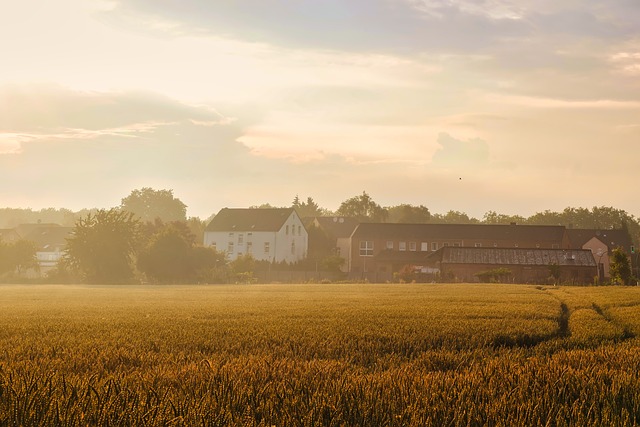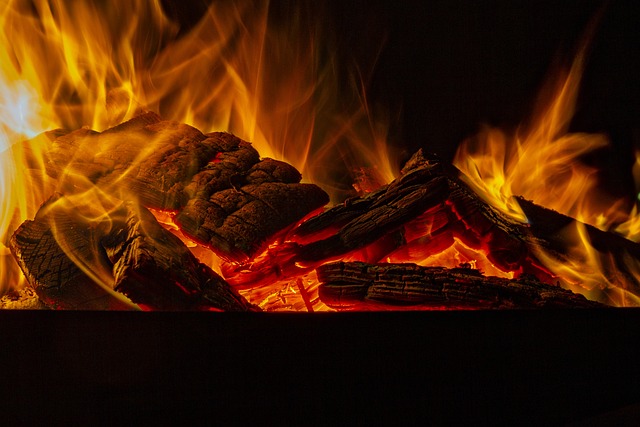Selling a home in California after a wildfire requires adhering to strict housing regulations for safety and property value protection. Homeowners must navigate legal aspects, obtain permits, and disclose fire damage. CalOSH guidelines ensure worker safety during reconstruction. Financial aid grants and insurance claims assist recovery. Proper documentation, transparency, and emphasizing positives can facilitate the sales process. Key focus: sell house after fire California.
California’s housing regulations, particularly post-fire, have evolved to ensure safer, more resilient communities. After a devastating wildfire, homeowners in California face a complex process when deciding to sell their property. This article guides you through understanding and navigating these regulations, from legal considerations post-sale to construction standards and financial aid. If you’re looking to sell your home after a fire in California, this comprehensive resource offers essential insights for a smooth transition.
- Understanding California's Post-Fire Housing Regulations
- Selling Your Home After a Fire: Legal Considerations
- Building Back Better: Construction Standards in California
- Financial Assistance and Insurance Claims for Homeowners
- Navigating the Process: Tips for a Smooth Transition
Understanding California's Post-Fire Housing Regulations

California’s post-fire housing regulations play a crucial role in rebuilding communities and ensuring safety for residents after devastating wildfires. These strict guidelines are particularly relevant when it comes to selling a house after a fire, as they outline specific requirements for reconstruction and new home developments. The regulations focus on enhancing structural integrity, improving fire safety features, and incorporating resilient building practices to better protect against future fires.
When selling a property in California following a fire, understanding these regulations is essential. Builders and homeowners must adhere to the prescribed standards, which include using flame-retardant materials, implementing better ventilation systems, and incorporating fire suppression technologies. These measures not only increase the safety of occupants but also preserve the value and marketability of the property. By adhering to these guidelines, California communities can strive for more sustainable and secure living environments post-fire.
Selling Your Home After a Fire: Legal Considerations

When selling your home after a fire in California, there are several legal considerations to keep in mind. The first step is to ensure that all necessary permits and inspections have been completed to bring your property back to its pre-fire condition or beyond. This includes obtaining any required building permits and adhering to local fire safety regulations. In California, selling a home involves a series of legal processes, such as preparing and executing a real estate sales contract, which may require adjustments to account for the fire damage and subsequent repairs.
Additionally, you’ll need to disclose the history of the property, including the fire event, to potential buyers. This transparency is crucial in building trust and ensuring that all parties involved are aware of any challenges or improvements made post-fire. Consulting with a real estate attorney can help navigate these complexities, providing guidance on contracts, disclosures, and local laws to make the selling process smoother.
Building Back Better: Construction Standards in California

In the aftermath of a fire, selling a house in California involves more than just finding a buyer—it necessitates navigating stringent construction standards designed to ensure safety and resilience against future hazards. The state’s Building Code, rigorously enforced by local governments, sets the bar high for new constructions and renovations, especially in areas prone to wildfires. These standards include mandatory fire-resistant materials, proper ventilation systems, and stricter building designs that promote quicker evacuation routes and better protection from flames and smoke.
For homeowners looking to rebuild and sell after a fire, adhering to these regulations is not just a legal requirement but also an investment in the home’s long-term value. CalOSH (California Occupational Safety and Health Administration) guidelines further bolster construction quality and worker safety during rebuilding projects. These measures collectively contribute to the state’s overarching goal of “Building Back Better,” ensuring that California’s housing stock not only meets current needs but also stands strong against natural disasters, enhancing both residential security and the overall appeal for prospective buyers considering a post-fire purchase.
Financial Assistance and Insurance Claims for Homeowners

After a fire, homeowners in California facing the daunting task of rebuilding their homes can find some financial relief through various assistance programs. The state offers grants and low-interest loans to eligible residents, helping them cover the costs of repairs or reconstruction. These initiatives aim to support Californians in their time of need, ensuring they can afford to sell house after fire and start anew.
Insurance claims play a crucial role in this process. Homeowners should carefully review their policies, as many offer specific provisions for fire damage. Promptly filing a claim with your insurance provider is essential to access financial compensation for the loss. This assistance can cover not only the rebuilding costs but also provide temporary housing and other necessary expenses during the recovery period.
Navigating the Process: Tips for a Smooth Transition

Navigating the process of selling your house after a fire in California can be challenging, but with the right preparation, it can also be a smooth transition. Start by gathering all necessary documentation related to the fire and any repairs or rebuilds. This includes reports from firefighters, contractors, and insurance providers. Organize these documents thoroughly so that you can easily reference them during the sale.
Next, assess your home’s current state. Even if repairs are needed, be prepared to discuss the potential for a successful renovation with prospective buyers. Highlight any positive aspects of the property, such as its location or unique features, and consider offering transparent communication throughout the process. This approach fosters trust and can lead to a quicker sale, especially when dealing with buyers who understand the challenges of post-fire home sales in California.
In the aftermath of a fire, selling your home in California involves navigating complex housing regulations designed to ensure safety and resilience. Understanding these post-fire guidelines, from construction standards to legal considerations, is crucial for a smooth transition. By familiarizing yourself with the process and seeking financial assistance when available, you can build back better, ensuring your new start is both secure and sustainable. When ready to sell your house after a fire in California, be prepared to address these key aspects for a successful and stress-free experience.






